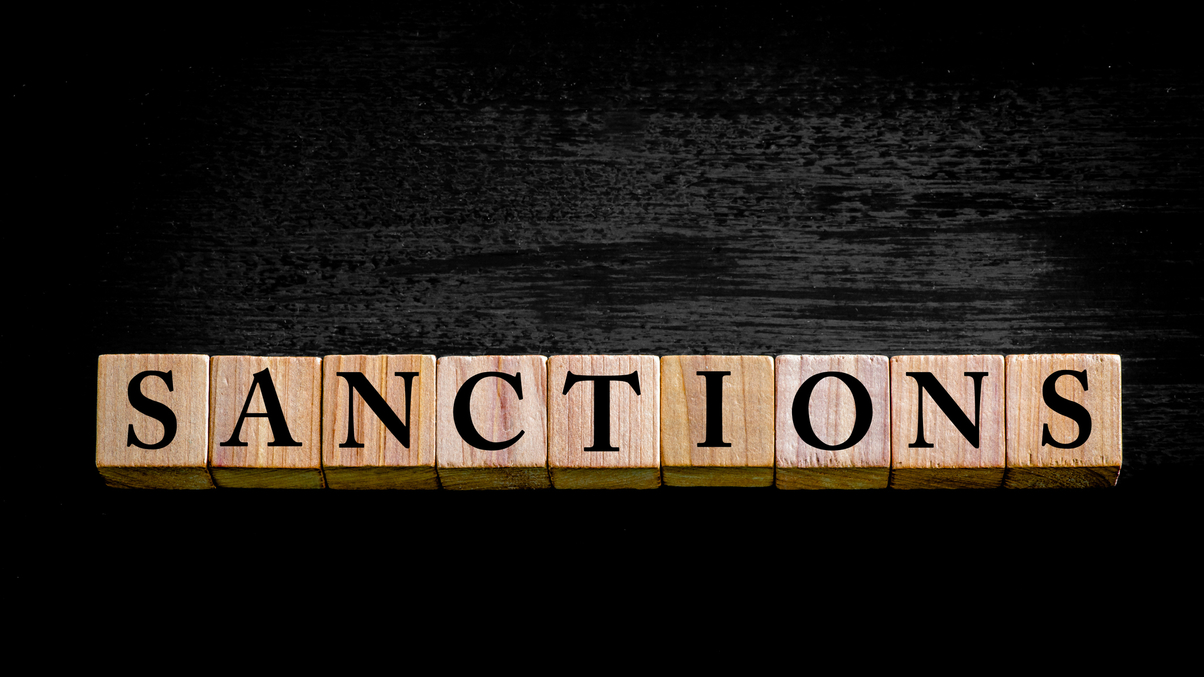Market Views: How the great Russian divestment is disrupting asset allocation
Investors worldwide are looking to cut their exposure to Russia and reallocate funds to other markets. We ask experts for their views on the implications for allocation changes.

Countries around the world have imposed a range of economic and other sanctions on Russia after its invasion of Ukraine on February 24, 2022.
Sign in to read on!
Registered users get 2 free articles in 30 days.
Subscribers have full unlimited access to AsianInvestor
Not signed up? New users get 2 free articles per month, plus a 7-day unlimited free trial.
¬ Haymarket Media Limited. All rights reserved.


